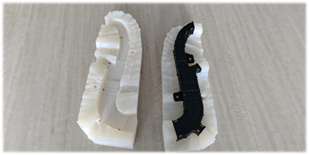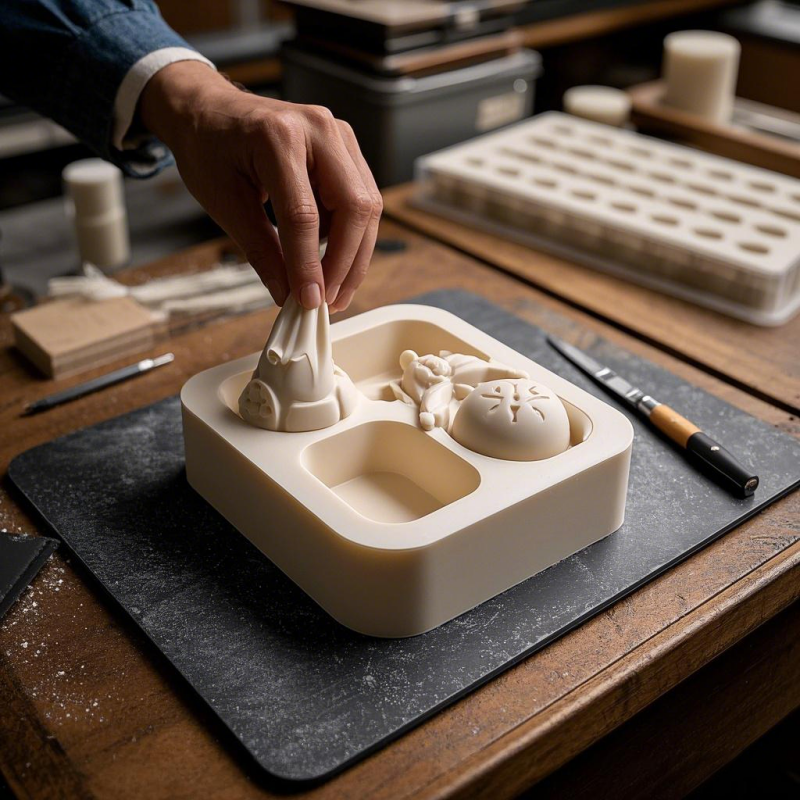Silicone
vacuum molding , a versatile rapid prototyping technique, is poised to
play a pivotal role in modern manufacturing due to its unique blend of
precision, cost - effectiveness, and adaptability. By using platinum -
cured silicone rubber to create reusable molds, this method enables the
production of highly detailed, functional prototypes and low - volume
parts with exceptional accuracy. Its compatibility with diverse
materials—such as resins, waxes, and ceramics—opens doors to
applications across industries.
In
automotive and aerospace sectors, silicone vacuum casting is ideal for
producing lightweight, aerodynamic components and intricate engine
parts, reducing development cycles and material waste. The medical field
benefits from its ability to replicate anatomically precise models for
custom implants and surgical guides. Consumer goods and electronics
manufacturers leverage its speed to iterate designs quickly, while
artists and hobbyists use it for intricate sculptures and props.
Advancements
in silicone formulations, such as improved heat resistance and
durability, are expanding its use in high - temperature environments
like tooling and aerospace casting. Additionally, the technique aligns
with sustainability goals by minimizing waste and energy consumption
compared to traditional injection molding. As additive manufacturing
continues to evolve, silicone vacuum casting is expected to become a
cornerstone of agile, decentralized production, driving innovation in
prototyping and small - scale manufacturing worldwide.




